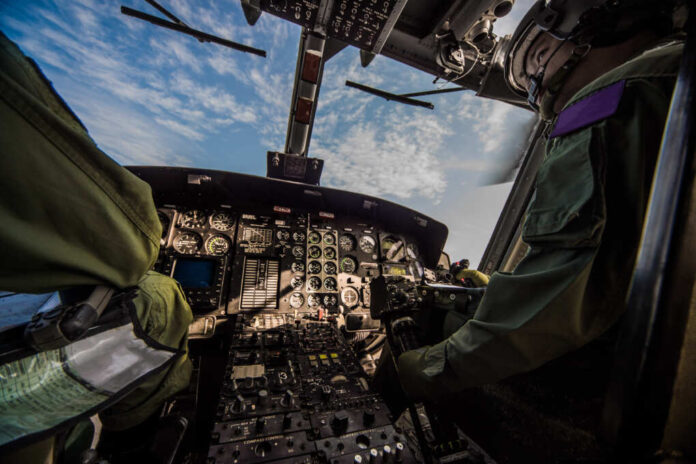
A 20-second communications failure forced two airliners to abort landings after the Pentagon lost track of its own Black Hawk helicopter.
At a Glance
- A U.S. Army Black Hawk lost contact with air traffic control for 20 seconds near Reagan National Airport
- Two commercial airliners were forced to abort their landings to avoid potential collision
- A misaligned control tower antenna and sensor confusion caused the lapse
- The Army has paused all Pentagon helicopter flights pending investigation
- Transportation Secretary Sean Duffy and FAA officials blasted the military for ignoring safety protocols
Another Crisis in Capital Skies
On May 1, 2025, two commercial airliners narrowly avoided disaster at Reagan National Airport after the Pentagon temporarily lost contact with a U.S. Army Black Hawk helicopter flying nearby. The 20-second communication gap triggered emergency protocols, prompting the airliners to abort landings in one of the nation’s most congested and heavily monitored airspaces.
Military officials blamed a misaligned temporary control tower antenna and “inconclusive data” from multiple radar systems for the lapse. Brigadier General Matthew Braman acknowledged that the mix-up “led to confusion of air traffic control of where they were”.
The Pentagon’s inability to track its own aircraft—right next to its headquarters—has sparked renewed scrutiny over the military’s coordination with civilian aviation authorities.
Watch a report: Pentagon loses helicopter, triggers air scare.
The Black Hawk was not transporting passengers, making the near-crisis even more galling to critics. According to FAA sources, the helicopter had veered onto a non-standard route, described by one official as a “scenic route”—raising questions about mission urgency and command oversight.
Pattern of Negligence
This latest incident comes just months after a tragic midair collision in January involving a military helicopter and a commercial flight that killed 67 people. In response, new restrictions were implemented to separate military and civilian traffic in the capital region. Despite those rules, the Black Hawk incident demonstrates that gaps in execution persist—and they’re putting lives at risk.
Transportation Secretary Sean Duffy didn’t hold back, denouncing the Pentagon’s “unacceptable” breach of airspace coordination rules. “We just lost 67 souls,” Duffy declared. “No more helicopter rides for VIPs or unnecessary training in a congested DCA airspace full of civilians.” His criticism extended to the practice of using helicopters as “air taxis” for military elites—a practice that prioritizes convenience over public safety.
FAA Pushes Back
The FAA has since enforced additional safeguards, including the closure of key approach routes during military helicopter operations and mandatory coordination measures. Still, these steps mean little if not respected. FAA air traffic controllers reportedly had to make a split-second decision to abort a Delta jet’s landing because the Black Hawk was approaching from an unknown location.
In a rare rebuke, the National Transportation Safety Board (NTSB) expressed frustration that the Army released information about the event without first briefing federal investigators—underscoring the turf battles and lack of transparency that can delay vital safety reforms.
As pressure mounts, lawmakers like Senator Ted Cruz are calling for the FAA to assume broader authority over military operations in shared airspace, declaring, “It’s time the Army stops running air taxis for military officials near Reagan Airport.” Until there is accountability—and competence—these close calls may become deadly precedents.




















